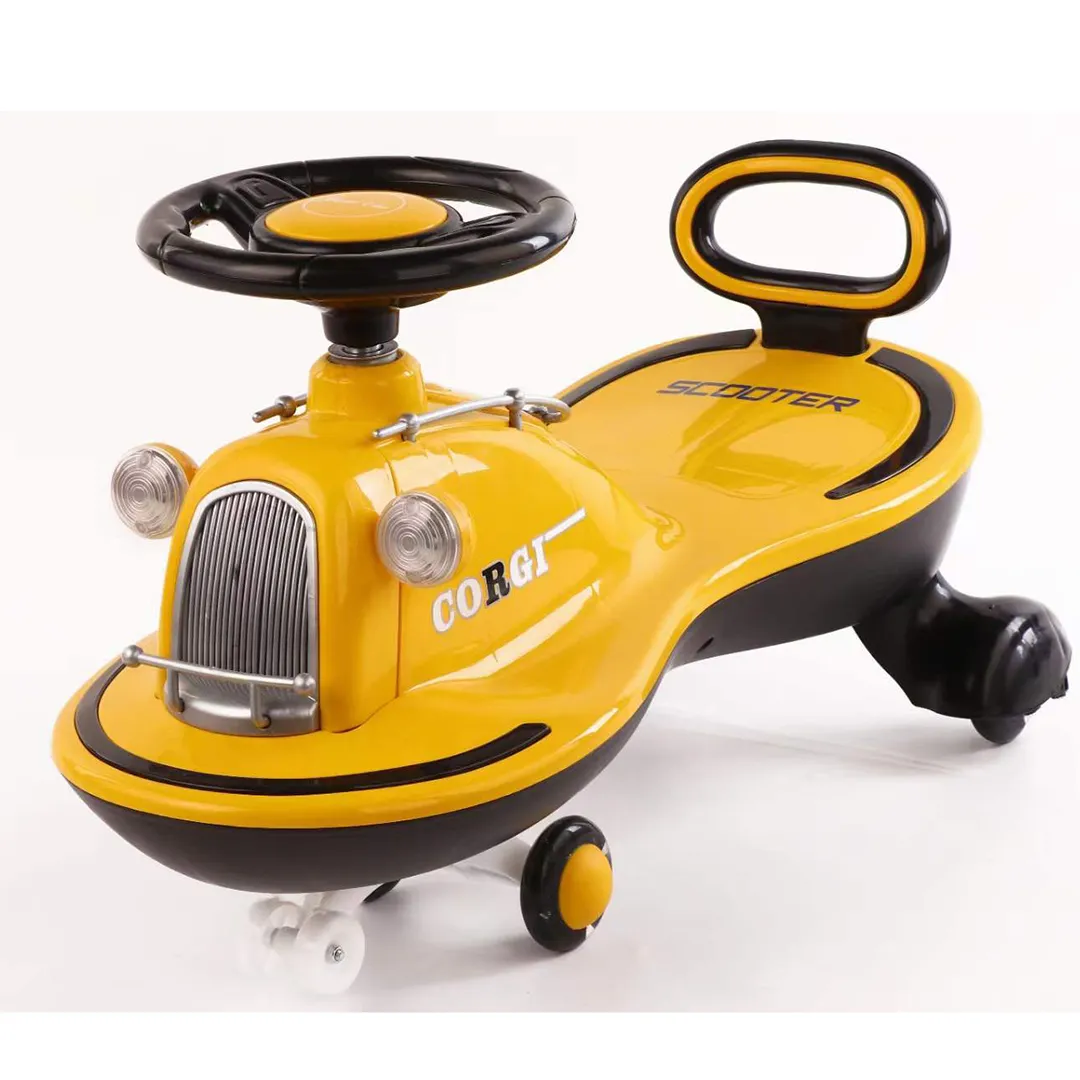buy mountain bike
The Ultimate Guide to Buying a Mountain Bike
If you're considering the thrill of mountain biking, investing in a high-quality mountain bike (MTB) is essential. The right bike can enhance your riding experience, making challenging trails feel exhilarating rather than daunting. Here’s a comprehensive guide to help you choose the perfect mountain bike.
Understanding Different Types of Mountain Bikes
Before diving into the technical aspects, it's crucial to understand the different types of mountain bikes available. Generally, mountain bikes can be categorized into three main types
1. Cross-Country Bikes Ideal for those who prioritize speed and efficiency over rugged terrain, cross-country bikes are lightweight and designed for climbing and racing.
2. Trail Bikes These are versatile bikes, perfect for a mix of climbing and descending. Trail bikes generally feature a balance of suspension travel to absorb shocks while remaining efficient for ascents.
3. All-Mountain Bikes Built for more aggressive riding, all-mountain bikes are equipped with more substantial suspension and are designed to handle steep descents and technical trails.
4. Downhill Bikes If you're leaning towards gravity-centric trails, downhill bikes offer heavy-duty frames and specialized suspension to handle steep and rugged landscapes.
5. Fat Bikes These feature oversized tires for excellent traction and stability on soft terrains like snow and sand, making them perfect for off-season riding.
Key Features to Consider
When buying a mountain bike, consider these essential features to ensure you choose the right one for your needs
buy mountain bike

- Frame Material Mountain bikes typically feature frames made from aluminum, carbon fiber, or steel. Aluminum is lightweight and affordable, making it a popular choice for beginners. Carbon fiber, while more expensive, offers superior performance due to its strength-to-weight ratio. Steel frames, though heavier, provide durability and comfort.
- Suspension Bikes come with either hardtail (front suspension only) or full suspension (front and rear suspension). Hardtail bikes are lighter and more efficient for climbing, while full-suspension bikes offer greater comfort and control on rough terrain.
- Wheel Size Common wheel sizes for mountain bikes include 26, 27.5, and 29. Larger wheels roll over obstacles more easily, making them a good choice for technical trails. However, smaller wheels are often more agile and responsive.
- Brakes Disc brakes, either hydraulic or mechanical, provide better stopping power compared to rim brakes, particularly in wet conditions. Ensure the bike you choose has reliable braking systems for your riding style.
Setting a Budget
Mountain bikes can range from a few hundred to several thousand dollars. Setting a budget is vital. While it’s tempting to go for the cheapest option, investing in a good-quality bike will pay off in the long run, allowing for a more enjoyable and safer riding experience.
Test Riding
Once you have narrowed down your options, visit local bike shops to test ride potential models. Pay attention to how the bike feels in terms of comfort and handling. A bike that feels great will encourage more rides and help you improve your skills.
Conclusion
Buying a mountain bike is an exciting venture that can open the door to a new world of adventure and fitness. By understanding the types of bikes, key features to consider, and setting a budget, you can make a well-informed decision. Remember, the best bike is one that suits your specific needs and riding style, making your mountain biking experience both enjoyable and rewarding. Happy trails!
-
Three-Wheel Light-Up Scooter Benefits for KidsNewsJul.11,2025
-
The Importance of Helmet Safety When Using a Kids ScooterNewsJul.11,2025
-
Nurturing Early Mobility with an Infant ScooterNewsJul.11,2025
-
How to Choose the Safest Tricycle for KidsNewsJul.11,2025
-
Fixing a Squeaky Baby Push Tricycle in MinutesNewsJul.11,2025
-
Cleaning and Maintaining a Tricycle for Big KidNewsJul.11,2025
-
Unleash Fun and Safety with Our Premium Kids Scooter CollectionNewsJun.06,2025








